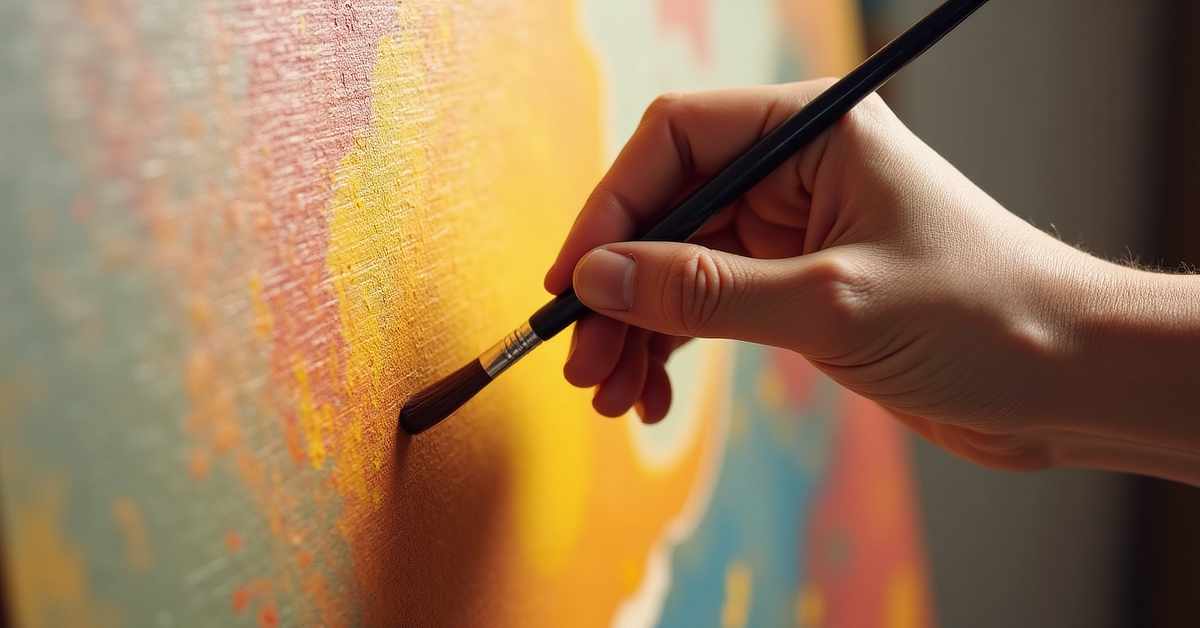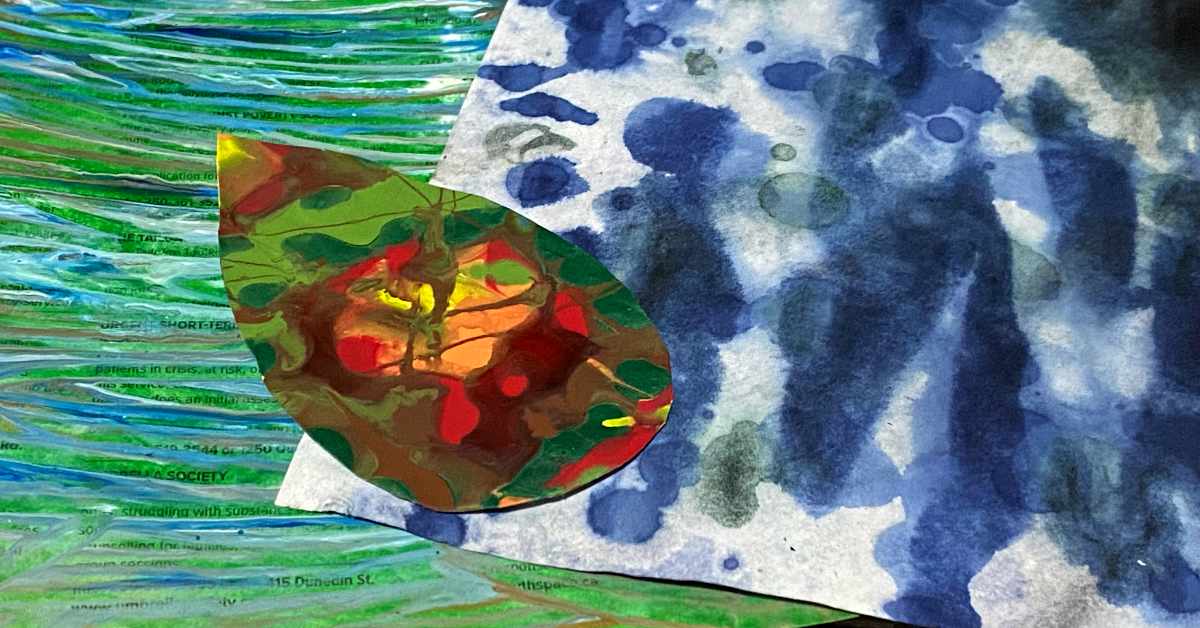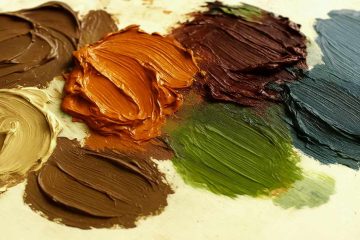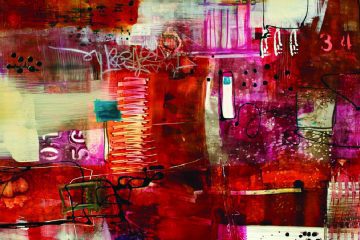The Joy of Starting: Encouragement for Beginner Artists

Lately, I’ve had a couple of lovely comments on one of my recent posts — the one about creating art on a budget. Both readers mentioned that they felt encouraged and inspired by the tips I shared. Honestly, that meant the world to me. That’s exactly why I write those kinds of posts — to help people who want to make art but might feel hesitant or unsure where to start.
Everyone Starts Somewhere
The art world can be competitive and intimidating. Between social media perfection and professional galleries, creativity can start to feel out of reach. But here’s something important to remember: every artist, even the great masters, had to start somewhere. Their first attempts at portraits or landscapes weren’t masterpieces — they were learning moments.
For instance, if you look at Leonardo da Vinci’s early sketches or Van Gogh’s first paintings you can see how much their style evolved over time. What made the difference was that they kept going. Over time, practice and curiosity shaped their skills into what we now admire in museums and art history books.
If you ever feel stuck comparing your early work to others, this article on overcoming creative self-doubt is worth a read — it’s a reminder that progress matters more than perfection.
Art Is About Exploration

For me, art is all about exploration — following curiosity and seeing where it leads. Sure, I keep the elements of art in mind, but I don’t let rules limit me. I love experimenting with unusual materials and techniques, and sometimes that means using supplies in ways that might surprise you.
For example, one of my favourite budget-friendly discoveries is Tintex fabric dye (some Dollar Stores carry it if you’re on a budget) which can be mixed with water and dropped onto paper using a dropper bottle to create gorgeous, inky-looking effects similar to alcohol inks — but for a fraction of the price. (Now that I think about it, I might try mixing it with alcohol next time and see what happens!)
Another technique I love is dropping fluid acrylic paint onto paper, spraying on lots of water, and then running the end of a Sharpie through it. The result? Stunning, streaky painted textures that make great backgrounds or collage papers. It’s messy, spontaneous, and so satisfying.
If you want more experimental inspiration, check out this Liquify tool tutorial for Procreate or explore free workshops from Milan Art Institute on YouTube. Both are great resources for artists looking to push boundaries and discover new textures or techniques.
The Trick Is to Simply Start
You don’t need fancy art supplies or perfect technique to begin. Maybe you’ll start with the basics — pencils, old brushes, or even improvised tools from around the house. The key is to start anyway. Mistakes will happen (they always do), but that’s part of the process.
Sometimes my favourite pieces have come from “happy accidents” — moments when I didn’t like where something was going, but decided to play with it instead of giving up. More often than not, that’s where the magic happens.
If you’re struggling with perfectionism, I highly recommend reading Failure & Creativity: Why Making ‘Bad Art’ Leads to Innovation and Originality — it’s one of the most liberating reads for creatives at any stage.
Closing Thoughts
If there’s one message I want you to take away, it’s this: don’t wait for the perfect moment, tools, or skill level to create. Just begin. Art is meant to be joyful, expressive, and personal — not perfect. The process itself is where you’ll find your voice, one brushstroke (or dye drop) at a time.
So go grab whatever materials you have nearby and make something — even if it’s messy. Especially if it’s messy. Because that’s where real creativity begins.






0 Comments